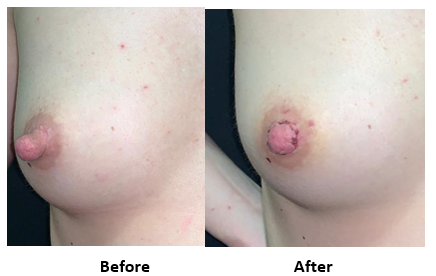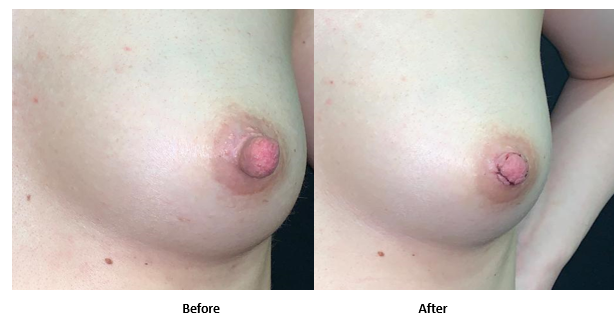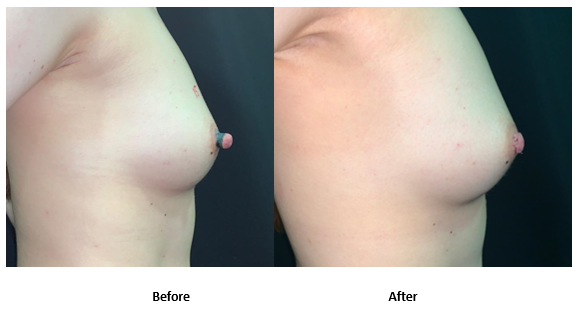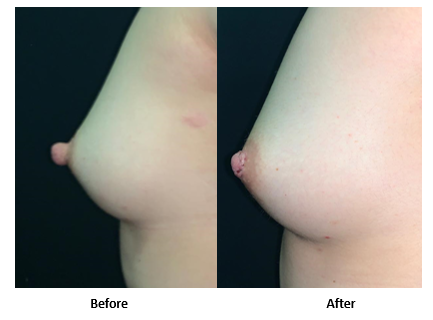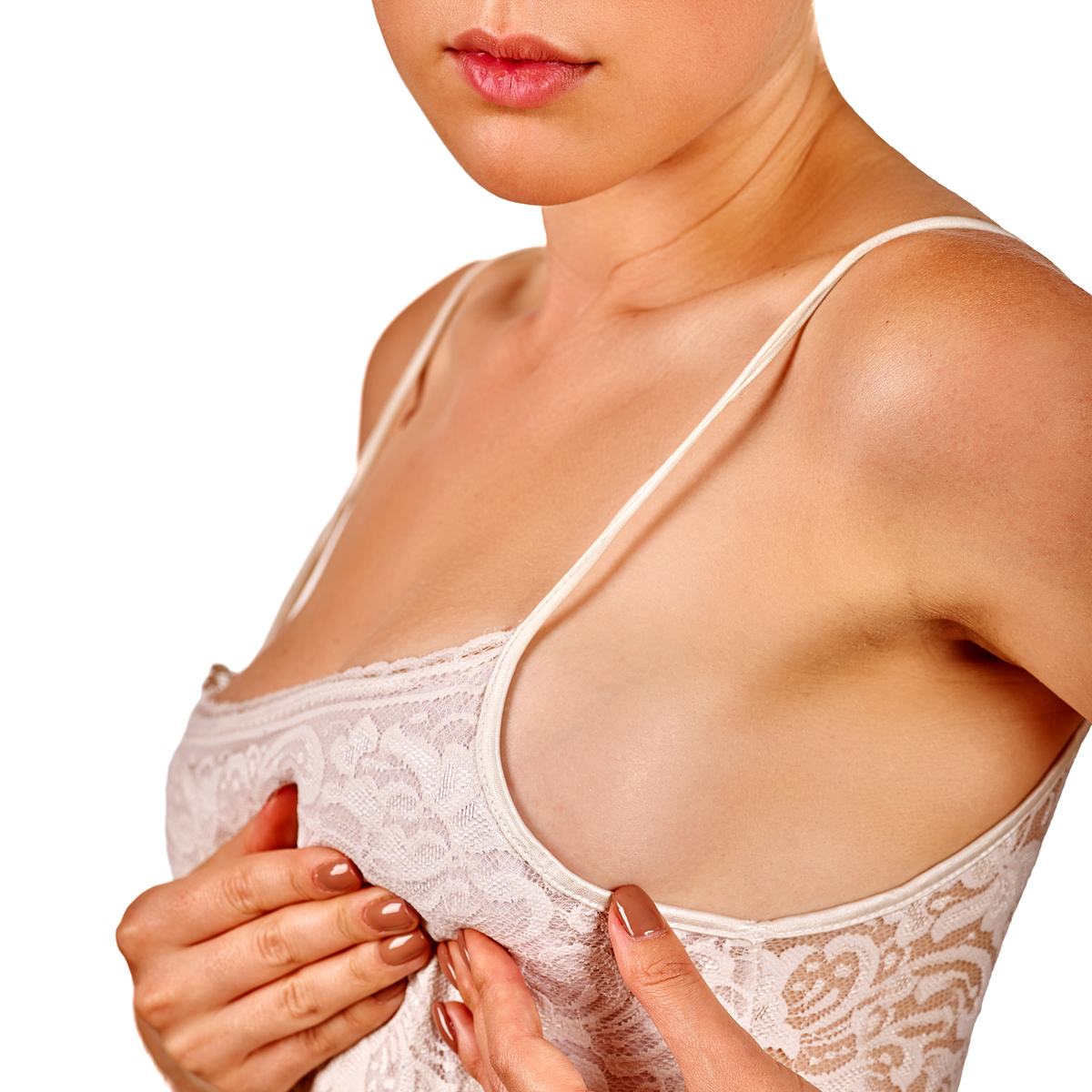What is Nipple Reduction?
Nipple reduction is a cosmetic procedure to reduce the size of the nipples.
Anatomy and function of male and female nipples
Anatomy:
- Structure:
The basic structure of nipples in both males and females includes the nipple itself and the surrounding areola. Both have a similar histological makeup comprising ducts, smooth muscle fibers, and sensory nerve endings.
- Size and Shape:
Female nipples and areolas are typically larger and more pronounced due to hormonal influences, especially during puberty, menstruation, pregnancy, and breastfeeding. Male nipples are generally smaller and less pronounced.
- Glandular Tissue in Breast:
Females: The breasts contain a more extensive network of mammary glands and ducts designed for milk production and lactation. The glands are influenced by hormonal changes and increase in size and activity during pregnancy and breastfeeding.
Males: Males have rudimentary mammary glands and ducts, which usually remain undeveloped. Hormonal changes, such as those from certain medications or conditions like gynecomastia, can cause these glands to enlarge.
- Smooth Muscle and Sensory Innervation:
Both male and female nipples have smooth muscle fibers that allow the nipple to become erect in response to stimuli such as cold, touch, or sexual arousal. They also have a rich supply of sensory nerves that make them sensitive to tactile stimulation.
Function:
- Lactation:
Females: The primary functional difference is that female nipples are integral to breastfeeding. The mammary glands produce milk, which is delivered through the nipple to nourish infants.
Males: Male nipples do not typically have a functional role in lactation.
- Sexual Sensitivity:
Both Genders: Nipples are erogenous zones for both men and women, playing a role in sexual arousal and pleasure. The sensitivity of nipples is due to the high density of nerve endings.
- Hormonal Influence:
Females: Estrogen and progesterone significantly influence the development and function of female nipples, particularly during puberty, menstrual cycles, pregnancy, and lactation.
Males: Testosterone primarily influences male nipple development. However, male nipples are less affected by hormonal changes after puberty compared to female nipples.
Why patients ask for nipples reduction?
Aesthetic Concerns:
- Proportion and Symmetry:
Patients may feel that their nipples are disproportionately large or asymmetrical compared to their breasts or chest, which can affect overall appearance.
- Puffy Nipples:
A condition where the nipples appear swollen or prominent, which can be noticeable through clothing and may cause self-consciousness.
Psychological and Emotional Reasons:
Self-Conscious:
Both male and female patients do not like visible protrusion of nipples through their tight clothings
Body Image Issues:
Some patients are not happy with the shape of their nipples. This can be a cause of distress in them.
Functional Concerns:
Physical Discomfort:
Large or protruding nipples can cause discomfort or irritation, especially when wearing certain types of clothing or engaging in physical activities e.g – running
Clothing Fit:
Some patients nipple size affects the way clothes fit and look and reducing the size can help them to reduce the visibility of nipples through bikini and t-shirts.
Post-Surgical Adjustments:
Gender Confirmation Surgery:
Transgender individuals undergoing gender confirmation surgery might seek nipple reduction as part of their transition to align their physical appearance with their gender identity.
Health-Related Reasons:
Gynecomastia in Men:
Men with gynecomastia (enlarged breast tissue) may have enlarged nipples as well, and nipple reduction can be part of gynecomastia correction.
Common Techniques for Nipple Reduction:
Vertical Excision:
This technique involves making a vertical incision along the nipple, removing a wedge of tissue, and then suturing the nipple back together. This reduces the height of the nipple. This technique provides a good reduction in height.
Horizontal Excision:
A horizontal wedge of tissue is removed from the base of the nipple. The remaining tissue is then sutured to reduce the width and sometimes the height of the nipple.
Circumferential Reduction (Doughnut Excision):
Involves making a circular incision around the base of the nipple and removing a doughnut-shaped piece of tissue. The edges are then sutured together to reduce the size. This can reduce both the height and width of the nipple.
Areola Reduction (if needed):
In some cases, reduction of the areola (the pigmented area surrounding the nipple) is also performed. This can be done using a circular incision around the areola, removing excess tissue, and then suturing it back together.
Here’s a table summarizing the differences in techniques for male and female nipple reduction:
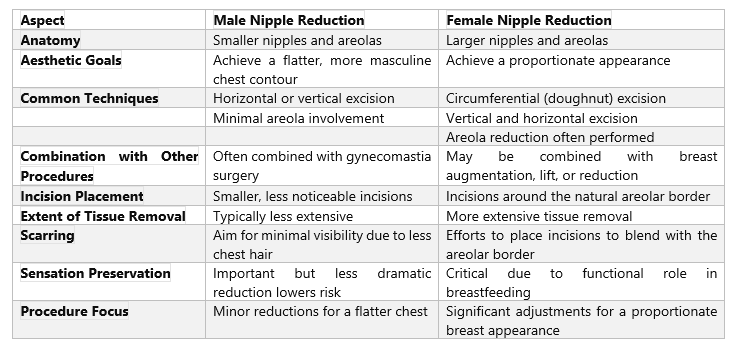
Technique of Nipple Reduction in Female Patient
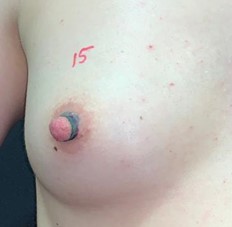
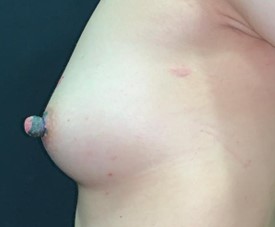
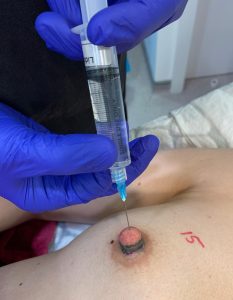
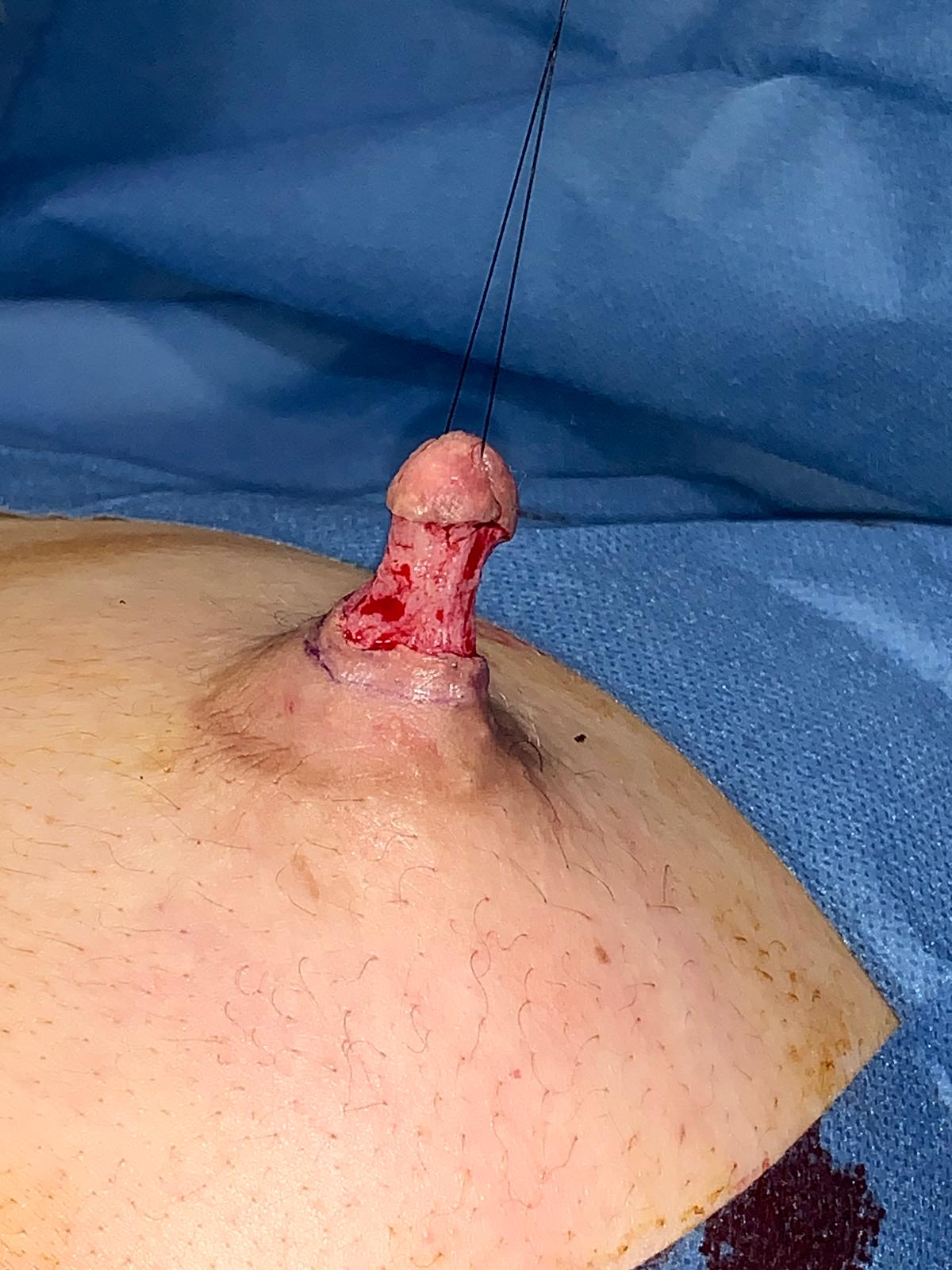

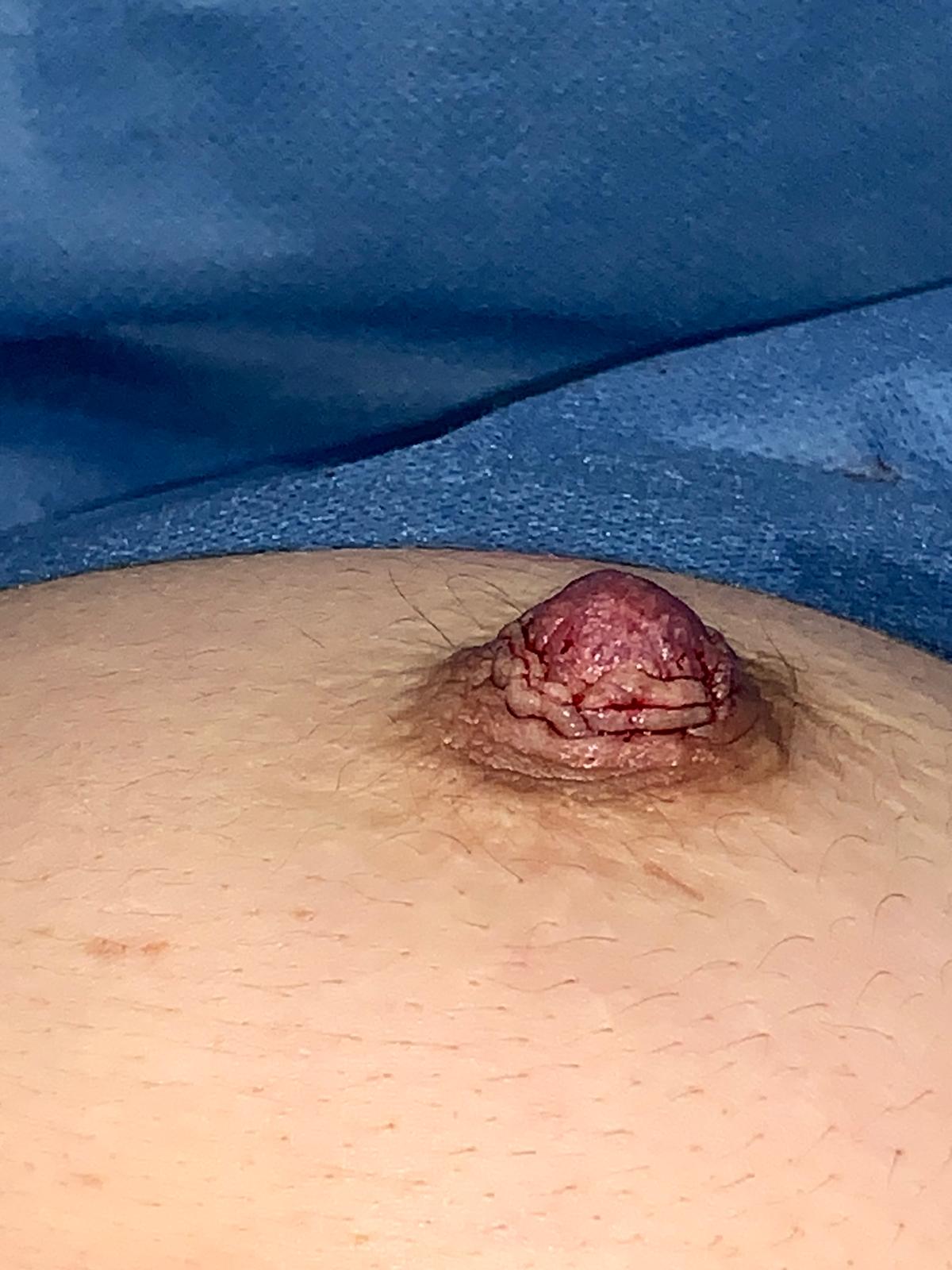
Technique of Nipple Reduction in Male Patient
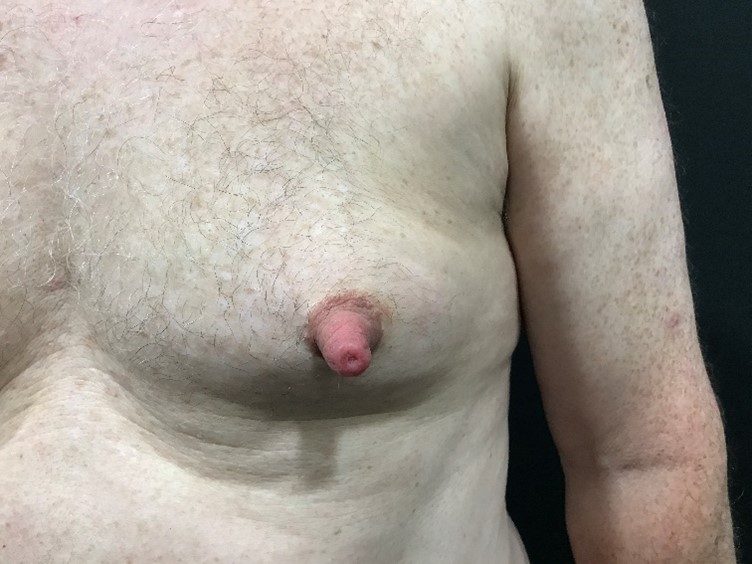
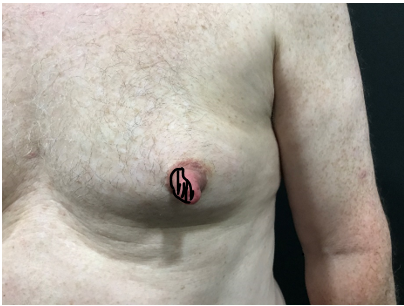
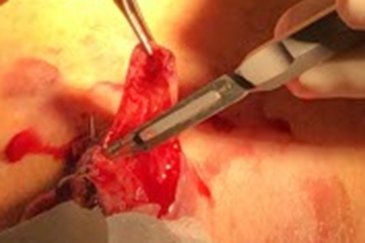
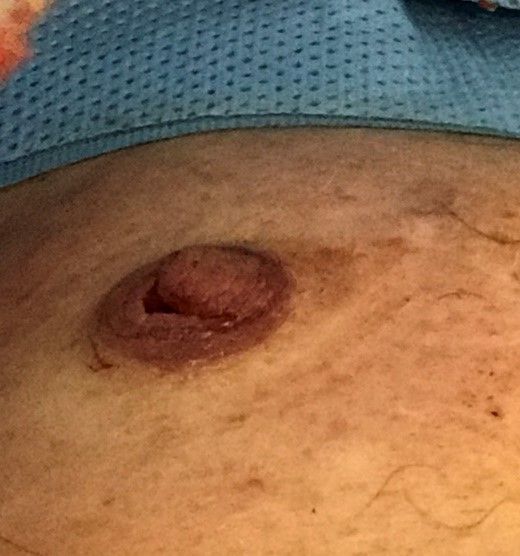
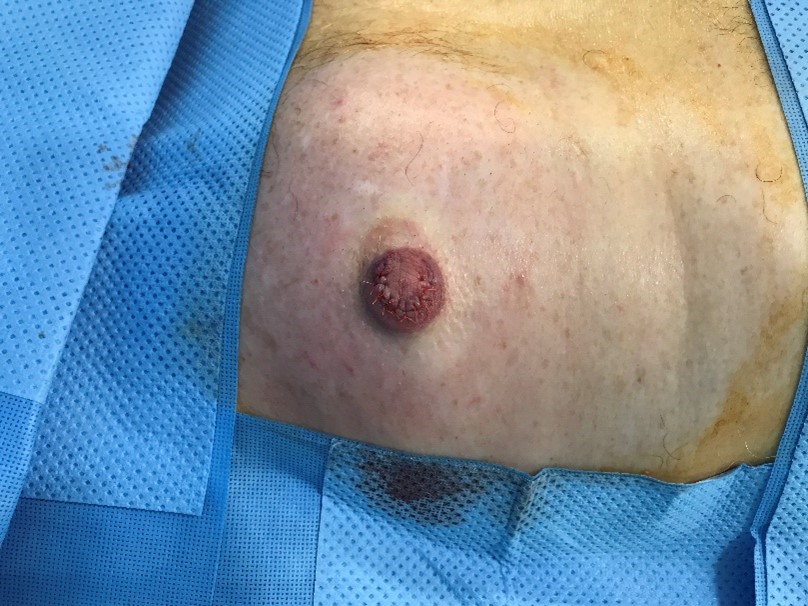
Steps for booking a consultation with Mr. Shailesh Vadodaria at MACS Clinic
You can contact our clinic by phone at 020 7078 4378 or via WhatsApp at 07792 648 726. Alternatively, you can email us at enquiries@macsclinic.co.uk. If you prefer, you can also fill out your details on our contact form at www.medicalartsforcosmeticsurgery.com/contact-us/. MACS clinic staff will respond and offer you a complimentary video or face-to-face consultation with our senior consultant plastic surgeon, Mr. Shailesh Vadodaria. Additionally, we will provide you with a detailed information factsheet about the Nipple Reduction Procedure so that you can have a better insight about this procedure. During your consultation, Mr. Vadodaria will thoroughly explain all aspects of the Nipple Reduction procedure, including potential risks, complications, and post-operative care. He will also present representative before and after photos/videos of previous patients who have undergone Nipple Reduction from his practice. Following the consultation, MACS Clinic team will send you a procedure estimate to assist you in planning accordingly.
Cost of Nipple Reduction Procedure at MACS Clinic
The cost of the Nipple Reduction Surgery procedure ranges from £1000 – £1500 (Unilateral nipple reduction) and from £1500 – £2000 (bilateral nipple reduction). These prices may vary based on factors such as the type of anaesthetics used and your choice of clinic or hospital. Following your consultation with Mr. Vadodaria, a final cost estimate will be provided to you.
What to expect on the day of your operation of Nipple Reduction at MACS Clinic?
You will have to complete the consent process to ensure you fully understand the treatment and its potential risks. Additionally, in compliance with National Government Law, a pregnancy test will be conducted. Mr. Vadodaria typically prefers to perform Nipple Reduction procedure under local anaesthetics. The procedure is performed as a day case procedure and generally takes approximately 30 minutes to 1 hour. To manage any discomfort post-procedure, prescriptions for painkillers and antibiotics in tablet or ointment form will be provided. Additionally, you will receive a comprehensive post-operative information leaflet to guide you through the recovery process.
What post-operative care you need to take after the Nipple Reduction Procedure at MACS Clinic?
You are advised to use pain killer (analgesic) tablets to relieve pain and use antibiotic tablets and ointment for infection control (prophylaxis). You need to refrain from applying pressure to the corrected nipples for at least 6 weeks to prevent disruption to the healing process. You will have to maintain good hygiene by keeping the treated area clean and dry. You need to avoid any strenuous activities and heavy lifting for the first few weeks following the procedure to prevent strain on the treated area. You need to keep an eye out for signs of infection, such as increased redness, swelling, pain, or discharge from the surgical site. If you notice any concerning symptoms, contact us immediately.
Our staff will schedule follow-up appointments with Mr. Shailesh Vadodaria at 1 week and 6 weeks after the procedure.
What are the risks of the Nipple Reduction Procedure at MACS Clinic?
Although rare, potential risks and complications associated with the Nipple Reduction procedure include scarring, swelling, bruising, discolouration, undercorrection, overcorrection, asymmetry, hematoma, delayed wound healing, changes in sensation etc. If a revision is required, Mr. Vadodaria waives his surgeon’s fee, although the theatre cost remains payable. The revision rate for this procedure is less than 1% at MACS Clinic.
For more information about Nipple Reduction Procedure visit: https://medicalartsforcosmeticsurgery.com/nipple-reduction-and-areola-reduction/ or https://www.youtube.com/watch?v=iu-dDO5QSXQ&list=PL_FxiihJDtcngTZQCqo1ghltfsXllfqv- or contact MACS Clinic at 020 7078 4378 or 07792 648726.
Before and After Photos Patient 1- Male Nipple reduction performed under local anaesthetics by Mr. Shailesh Vadodaria as a day case procedure




Patient - 2 - Female Nipple Reduction under local anaesthetic as a day case procedure by Mr Shailesh Vadodaria
